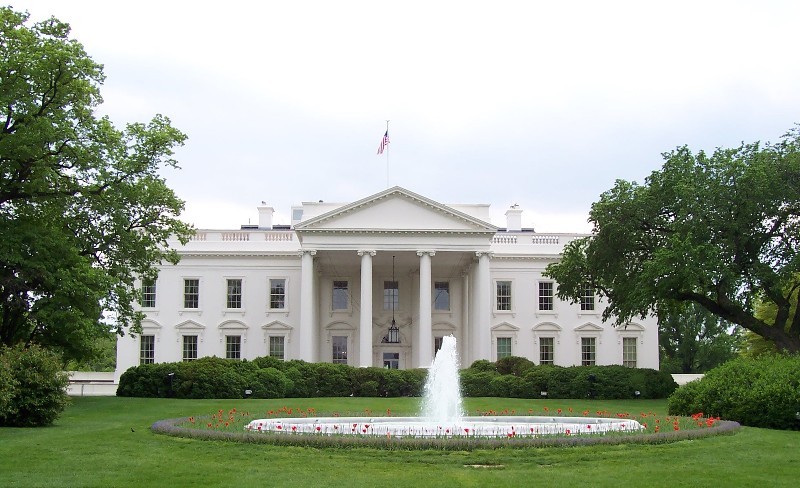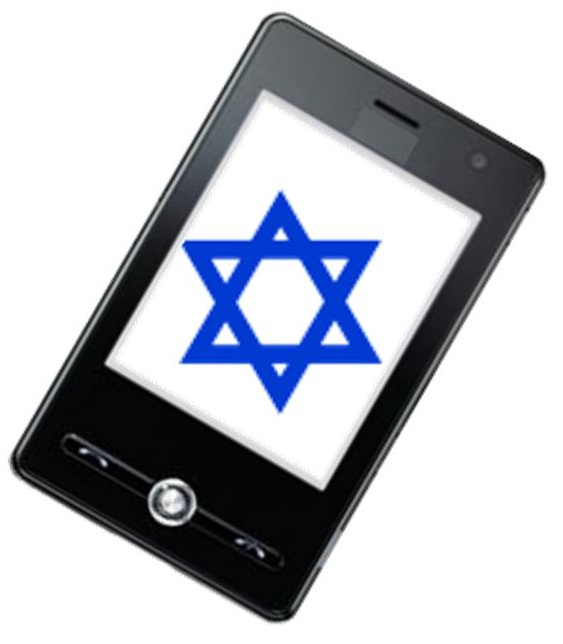This announcement was made in line with the one year anniversary of the Digital Government Strategy.
Officials from the White House have just announced a number of new initiatives and resources that it is making available, including guidelines for mobile security, which are meant to help to boost the vision of the administration to allow access to government information, in a secure manner, on any device and at any time.
Digital Government Strategy U.S. CIO Steven VanRoekel made the announcement regarding these brand new initiatives.
He said that they are meant to help to maintain the building that is occurring on the foundation of accomplishments that have already been achieved over the last year by the Digital Government Strategy. Within a joint statement, federal CTO Todd Park, and VanRoekel announced that a government wide set of mobile security guidelines have been published by the White House Office of Management and Budget.
The guidelines also offer a baseline of standard mobile security requirements for federal agencies.
 Furthermore, beyond those requirements for computing, it also includes a federal agency mobile computing decision framework, and a reference architecture for mobile security. These new documents are meaningful not only because they provide a standard for government agencies and industry for the development of products that can be used more safely on government networks, but also because of the active roles in development that were played by the National Institute of Standards and Technology, the Department of Defense, and the Department of Homeland Security.
Furthermore, beyond those requirements for computing, it also includes a federal agency mobile computing decision framework, and a reference architecture for mobile security. These new documents are meaningful not only because they provide a standard for government agencies and industry for the development of products that can be used more safely on government networks, but also because of the active roles in development that were played by the National Institute of Standards and Technology, the Department of Defense, and the Department of Homeland Security.
VanRoekel explained that “This work … really sets the foundation in place for the next phase of federal computing.” He also went on to add that “The future for us is one where mobile is the default computing platform.”
This announcement was made closely on the heels of an approval that the government gave to iPhones and other iOS based devices based on their ability to pass the mobile security requirements throughout a lengthy and exhaustive testing process. The federal government has also released a new catalog for developers that is made up of more than four hundred machine readable government data sets.

 This augmented reality app is a 2013 Games for Change Awards finalist in the category of being “Most Innovative”. The game is a new, high tech twist on the concept of a scavenger hunt. The players of the game must locate the required clues by heading to the various locations both inside and across from Washington Square Park. This is adjacent to the building that was once the home of the famous Triangle Shirtwaist Factory and that is today a part of New York University.
This augmented reality app is a 2013 Games for Change Awards finalist in the category of being “Most Innovative”. The game is a new, high tech twist on the concept of a scavenger hunt. The players of the game must locate the required clues by heading to the various locations both inside and across from Washington Square Park. This is adjacent to the building that was once the home of the famous Triangle Shirtwaist Factory and that is today a part of New York University.